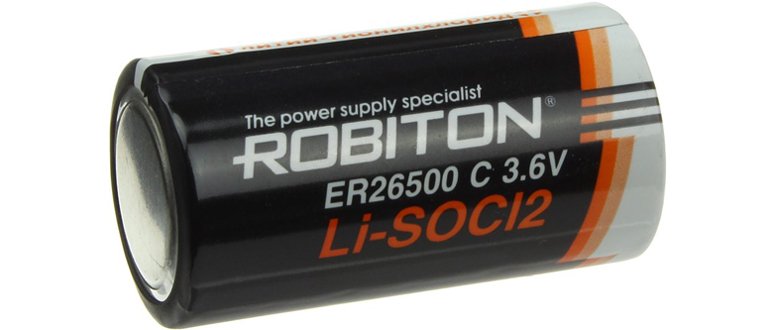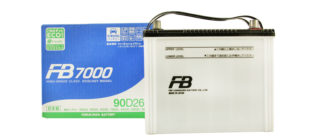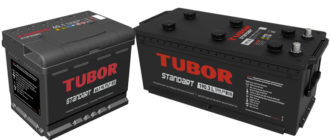Lithium batteries replaced the retention police leaders for a long time alkaline batteries. Such products have less weight and a significant supply of electricity.
For this reason, even despite the high cost, lithium batteries are very popular with people who use various gadgets in a daily mode. Chemical sources of electricity of this type can also differ significantly.
The difference lies primarily in the chemical composition of the electrolyte, anode and cathode. The LI-SOCI2 battery belongs to the category of elements that stand out among others not only in composition, but also in technical characteristics. The main parameters of this power source will be described in detail in this article.
Content
What is a lithium thionyl chloride battery
The lithium thionyl-chloridirid power source is a modern battery with minimal leakage currents. Due to this quality, the product can be stored for a long time without loss of electricity.
Batteries of this type are fireproof, but ecologically unsafe. Thionyl chloride is a toxic substance, which imposes some restrictions on the disposal of batteries, and during operation should not be allowed to depressurize the battery case.
Specifications and device Li-SOCI2
The lithium thionyl chloride battery consists of a lithium can and a central graphite rod. Between these elements thionyl chloride is poured, which acts as an electrolyte. Externally, the shell may be protected by plastic or an insulated metal layer.
This type of battery is used mainly in low-current devices. This battery is not able to provide electric current to devices whose power is high, because the maximum discharge current of the battery does not exceed 150 mA.
The voltage of the LI-SOCI2 battery is 3.0-3.7 Volts, as in conventional lithium-ion batteries. The advantage of this type of element is the possibility of use at very low air temperatures (up to -60 ° C)
Where apply
The small discharge current of Li-SOCI2 batteries does not allow their use in high-power devices, but such products are ideal for providing portable low-power devices with current.
Some types of elements of this type can have a capacity of up to 8.5 Ah. This parameter allows you to ensure the functioning of such devices as motion sensors and other electronic alarm elements for many months.
Is it possible to charge Li-SOCI2
It is strongly discouraged to charge the Li-SOCI2 battery. Using AC adapters, the battery may overheat, resulting in explosive depressurization of the case.
As mentioned above, thionyl chloride, which is part of the battery electrolyte, is a toxic substance that can also emit hazardous vapors when heated.
Popular manufacturers and their features
There are not so many manufacturers of Li-SOCI2 batteries; moreover, different companies produce products that can vary significantly in size from standard batteries of the type AA, AAA, C, D and Krona. Most often, such current sources can be found under the following brands:
Products from these manufacturers have very good quality indicators, but you should beware of fakes when buying new Li-SOCI2 batteries.
What to look for when purchasing
When buying a new battery of this type, you should always pay attention to the markings on the product body. In it you can find the designation of the voltage, maximum discharge current and battery capacity. The product brand is also indicated on the outer shell in large letters.
Any damage to the body of the product is unacceptable, because toxic substances can evaporate for a long time even through small through holes. In addition, such products definitely do not serve the entire term for which they are designed.
Have questions or have something to add? Then write to us about it in the comments, this will make the material more useful, complete and accurate.







